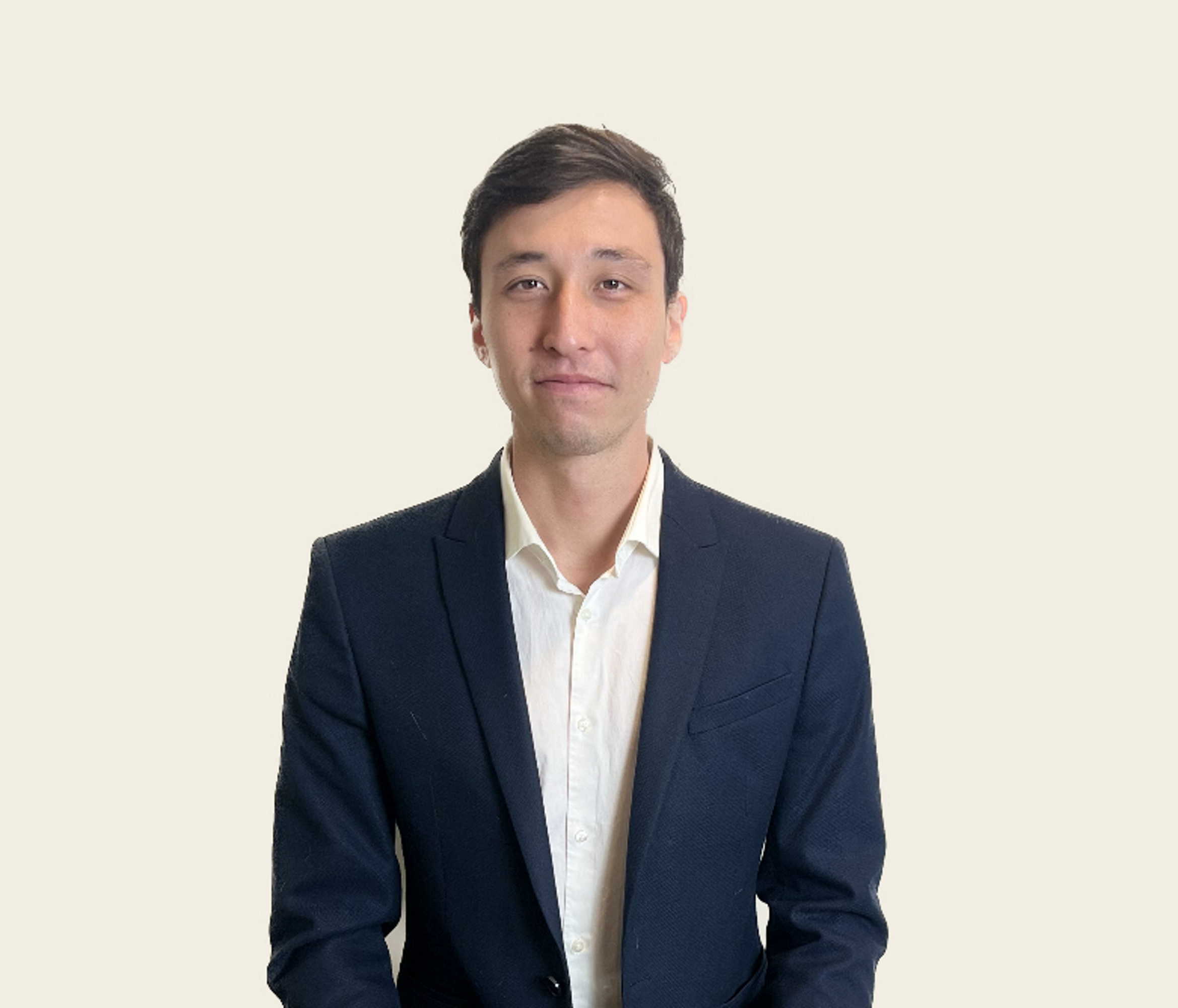How to root rose cuttings in water – expert tips to multiply your flowers
Rooting roses in water is easier than you may think. Follow our expert guide to multiply your romantic blooms in no time


When you first discover how fun propagation is, it can become addictive and you'll soon want to try multiplying all of your plants. You might find yourself asking which propagation method is best for the plant you want more of.
Well, if you've already had a go at multiplying the easiest houseplants to grow from cuttings, it might be time to try something a bit different. It's possible to take rose cuttings from your yard and root them in water for even more romantic blooms.
There are, however, a few things to keep in mind when trying this. We've asked experts how to go about rooting rose cuttings in water for healthy new blooms.

How to root rose cuttings in water in 4 easy steps
It may seem daunting at first, but growing roses in pots by rooting cuttings in water is much more straightforward than it may seem. In just a few simple steps, you can multiply these favorite summertime blooms in no time.
1. Select the right stem

The first thing to do when trying to propagate roses in water is ensure you have healthy cuttings to work with.
'Select a healthy stem from the rose plant, ideally about six to eight inches long with at least three leaf nodes,' says Andy Burde, houseplant expert at the House Plant shop.
You want roots to develop where new growth is encouraged, so it's key to take the cutting beneath a leaf node. Make sure to clean your gardening tools before using them to take cuttings to avoid passing on harmful bacteria. It's best to use sharp pruning shears for this, like these pruning shears from Amazon.
Design expertise in your inbox – from inspiring decorating ideas and beautiful celebrity homes to practical gardening advice and shopping round-ups.
'Cut the stem just above the top leaf at a 45-degree angle in the same direction as the leaf,' says Alfred Palomares, plant expert at 1-800-Flowers.
Cutting at this angle helps expose the most rooting area, increasing chances of successful root development.

Andy is a seasoned horticulturist and houseplant expert with HousePlantShop.com. With years of experience in plant care, propagation, and interior gardening, he specializes in nurturing healthy, vibrant houseplants and advising enthusiasts on best practices. His focus is on sustainable and practical methods that cater to both beginners and advanced plant lovers.
2. Prepare the cutting

Once you have taken your rose cuttings, you need to prepare them and tidy them up.
'Remove the bottom two leaf branches from the stem, but make sure to leave the buds or nodes,' says Alfred. 'We also recommend removing the rose bloom so that once the cutting is placed in water, the hydration is not going toward the bloom but toward creating new roots,' he adds.
It's important to make sure that there aren't any leaves left on the part of the stem that will be submerged in water.

Alfred is the Vice President of Merchandising and resident plant dad at 1-800-Flowers.com. Alfred oversees product strategy, product presentation, assortment planning and analytics reporting. Alfred has been surrounded by flowers and plants for over ten years in his daily work life.
3. Place the cutting in water

You can then go ahead and place your rose cutting in water, submerging a generous length of the bottom of the stem. A propagation station is perhaps the best indoor growing system to use as it has clear vessels to observe root growth.
Alfred suggests also placing a bag over the container you use. 'The idea of using a plastic bag is to create a very humid environment, so the stem has a better chance of thriving,' he says.
'The clear bag should be placed over the prepared stem in a cup of water and sealed at the bottom. You can do this by taping the bag to the outside of the glass. The goal is to create a terrarium environment to encourage the cutting to grow roots,' he adds.
You might also find using a DIY indoor greenhouse helpful for keeping your propagations warm to encourage growth.
Keep your cutting in a warm spot with plenty of bright light and change the water regularly to ensure it remains fresh and clean. One of the biggest water propagation mistakes is not changing the water enough.
4. Observe root growth

'Roots typically begin to form within two to four weeks, but it can sometimes take longer depending on the rose variety and environmental conditions,' says Andy.
When you observe that the cutting has developed roots that are a few inches long, transfer it to a pot with potting mix.
'Water the newly potted cutting well and keep it in a location with indirect sunlight until it establishes more robustly,' says Andy.
Essential kit for rooting rose cuttings at home
FAQs
Should I use a rooting hormone on my rose cuttings?
Propagating rose cuttings in water is an easy way to multiply your romantic blooms. You can apply a small amount of rooting hormone to rose cuttings by dipping the bottom of the cut stem in the powder or gel. Rooting hormones help to stimulate root growth and will encourage your rose cuttings to root faster.
When should I root rose cuttings in water?
It's always a good idea to propagate plants during active growth seasons because they are more likely to develop roots successfully. Take your rose cuttings in mid-spring to root them in water, keeping them in a bright and warm spot. Take cuttings of new, healthy shoots because they more likely to develop roots in propagation.
It's easy to root roses in water, so long as you use healthy cuttings and provide optimal conditions. You can even try to grow rose cuttings in potatoes if you want to try a more unconventional propagation method.

Tenielle is a Gardens Content Editor at Homes & Gardens. She holds a qualification in MA Magazine Journalism and has over six years of journalistic experience. Before coming to Homes & Gardens, Tenielle was in the editorial department at the Royal Horticultural Society and worked on The Garden magazine. As our in-house houseplant expert, Tenielle writes on a range of solutions to houseplant problems, as well as other 'how to' guides, inspiring garden projects, and the latest gardening news. When she isn't writing, Tenielle can be found propagating her ever-growing collection of indoor plants, helping others overcome common houseplant pests and diseases, volunteering at a local gardening club, and attending gardening workshops, like a composting masterclass.


